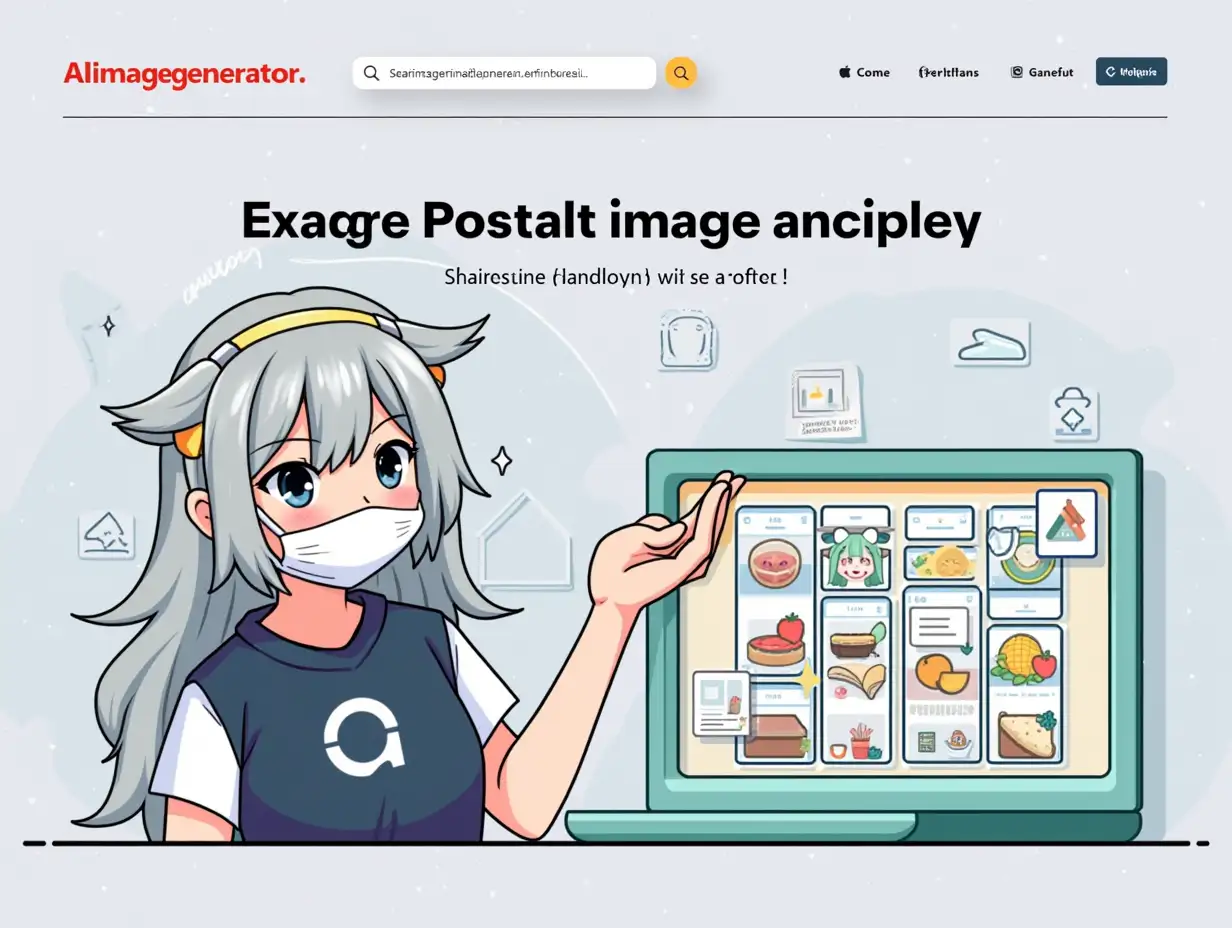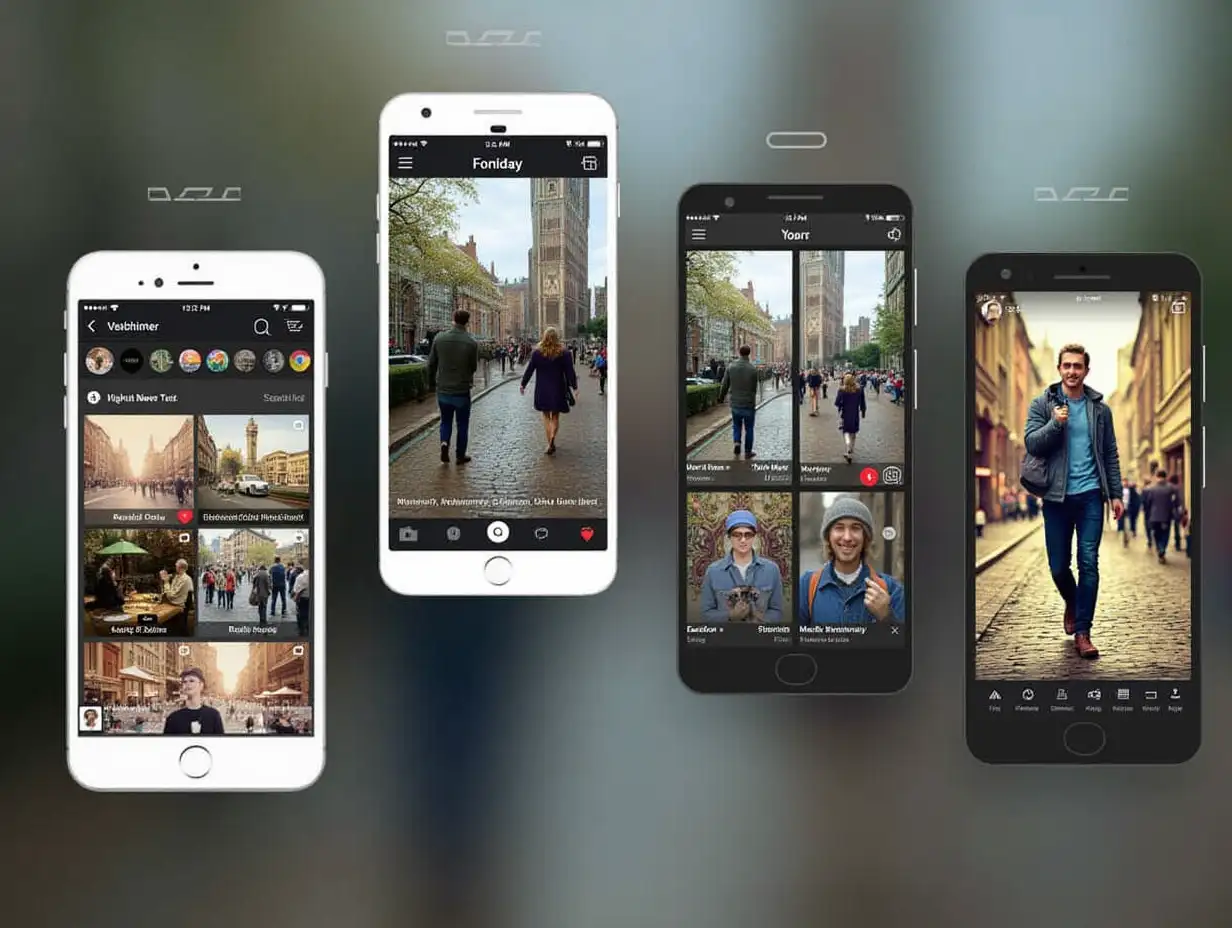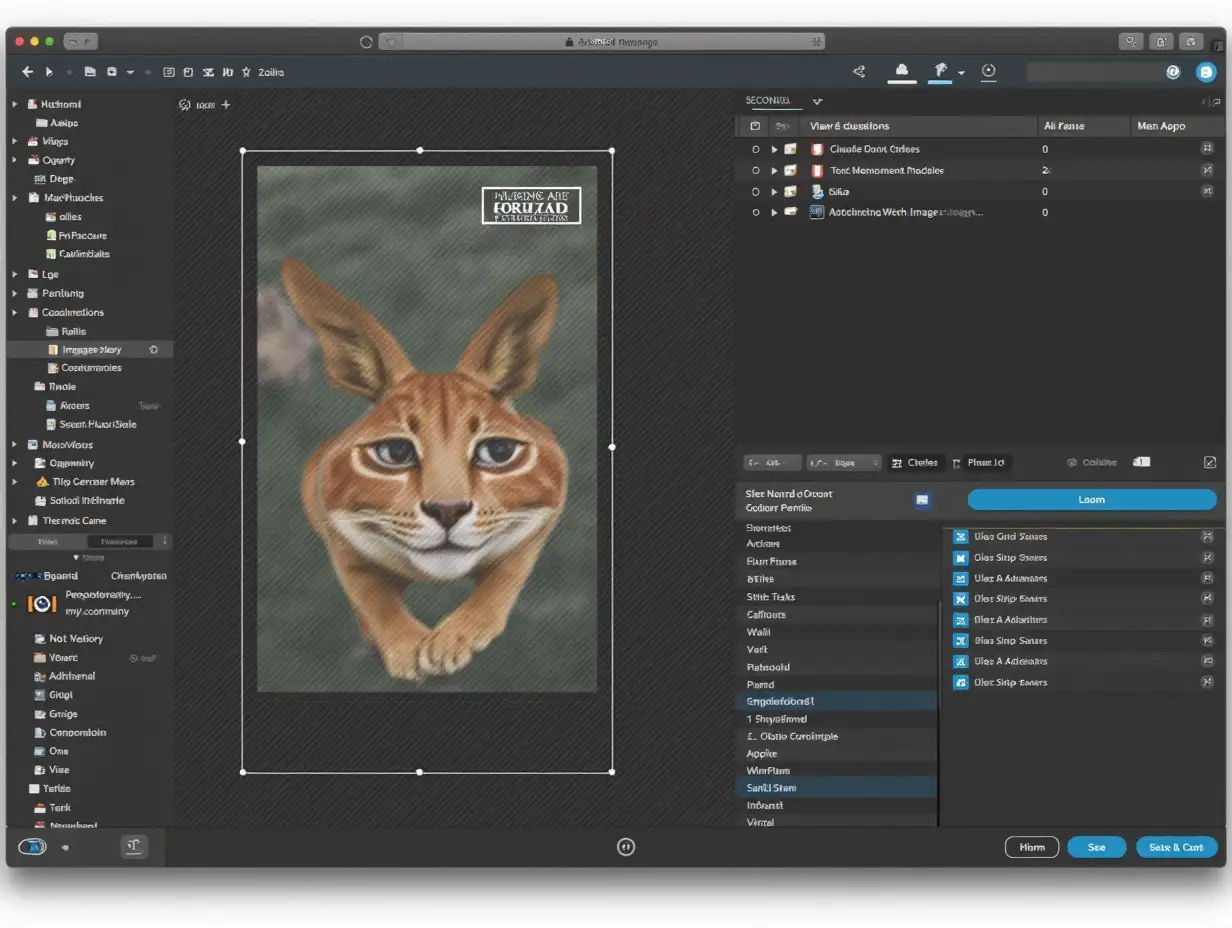Free Algorithmic Image Generator
Just imagine, and we'll instantly return a variety of personalized Algorithmic images—designed to bring your creativity to life!
- 4:3
- 3:4
- 1:1

image.state.default




Related Tags
Algorithmic Art refers to artwork that is generated using algorithms—sets of rules or instructions that a computer follows to produce a visual result. This process often involves mathematical formulas or AI-based algorithms that interpret input data (such as prompts) and generate images accordingly. This style is deeply rooted in the digital and computational art movement, where artists use code and machine learning to push the boundaries of creativity. With advances in AI, creating such art has become more accessible, allowing even non-programmers to explore this cutting-edge form of visual expression.
What is Algorithmic Art and How is it Created?
Algorithmic Art is often characterized by its precision, complexity, and abstract forms. Since it is rooted in mathematical principles, you can often see patterns, fractals, and geometric shapes that are hard to replicate by hand. Beyond its aesthetic appeal, Algorithmic Art has practical applications in fields such as game design, advertising, architecture, and even scientific visualization. It's particularly useful in creating highly detailed and intricate designs that can be scaled infinitely without losing quality, thanks to its data-driven creation process.
Key Characteristics of Algorithmic Art and Its Applications
Several pioneering artists have used algorithmic techniques to create groundbreaking works. One notable example is Vera Molnár, one of the first artists to use a computer to create art, whose minimalist and geometric designs are highly regarded in the field. John Whitney, another early figure, is famous for his work in creating digital animations with algorithms. Today, artists like Mario Klingemann continue to push the boundaries by using machine learning models to create dynamic, evolving pieces of art that respond to user input.
Influential Algorithmic Artists and Their Work
As AI continues to evolve, the future of algorithmic art is likely to involve even more sophisticated techniques. We can expect the creation of more interactive and immersive experiences, where users can engage with art in real time. With AI tools becoming increasingly user-friendly, more people will be able to experiment with generative art, democratizing the creative process. Additionally, the integration of virtual and augmented reality with AI-generated art could revolutionize the way we experience visual media, blurring the lines between creator and viewer.
Future Trends in Algorithmic and AI-Generated Art